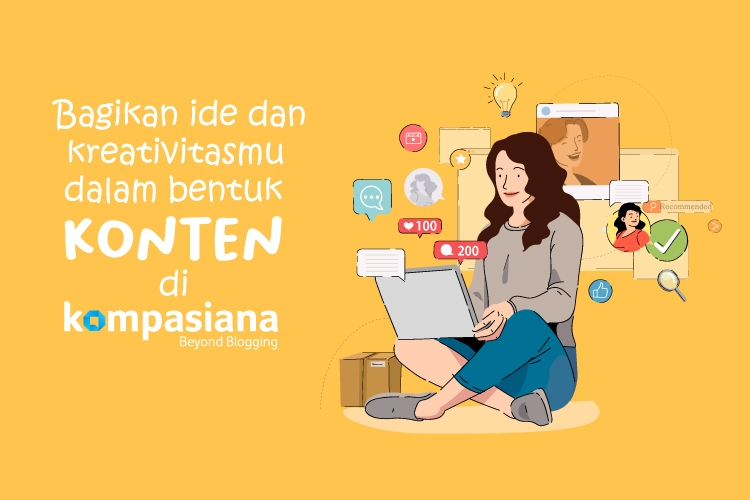The video "The Employee: Misunderstanding in the Workplace" is a concise video that conveys many meaningful messages. The storyline depicts the reality of the modern workplace. The focus of the story is on John, a new employee in a company. John is known as a quiet and mysterious figure. John does not have much interaction with the people around him while working. Throughout the video, John is seen enjoying himself alone, seeming distant from the people around him, and he even often does things that are not commonly done by people who are working, such as wearing clown costumes and using equipment. In one scene, John is caught trying on a clown costume in the bathroom, and in another, he carelessly lights confetti in the workspace, causing his friends to be surprised and upset. From there, numerous incidents arose between John, his coworkers, and his boss, leading to conflict. This highlights the various impacts of non-verbal communication in the workplace.
The interesting part of this video is that all aspects of the conflict are portrayed through rich nonverbal communication, none of which is conveyed through verbal or direct communication. All aspects of the conflict are constructed and interpreted through facial expressions, eye contact, posture, position, hand gestures, pauses, and proxemic silences, among other cues. Every gaze, wry smile, gesture has a wide social interpretation. Nonverbal cues influence the audience's perception of John's character, the social interactions in his office, and the emotional climax of reality. Silence speaks volumes, and body language becomes the primary means of conveying the emotional state of each character. Overall, the nonverbal cues are the main strength of this video, giving a deep meaning to the importance of good communication between people in order to establish relationships and avoid misunderstandings that can lead to a bad view of the surrounding environment. Sensitivity and empathy cultivated in social settings, such as the workplace, are essential for helping us interpret the nonverbal cues we encounter in our daily lives.
- Facial Expressions
Facial expressions are one of the most basic and universal forms of nonverbal communication in intercultural communication. Facial expressions can be a source of understanding or even misunderstanding between individuals if not based on cultural sensitivity. The video "The Employee: Misunderstanding in the Workplace" demonstrates the use of facial expressions to convey meaning without using words. In the beginning of the video, John is wearing a clown costume while smiling slightly, which depicts a sense of personal pleasure and amusement. However, when his boss suddenly walks into the bathroom and witnesses the performance, he stares at John for a few moments with a confused expression, saying nothing, forming a silent judgment that conveys incongruity. Thus, the boss's expression makes John look down in shame and leave. John's expression is an act of self-protection from the judgment evident in his boss's expression.
In another scene, John received a package containing clown equipment. He looked enthusiastic to check one by one and tried it. It turned out that one of them was confetti, so it made a loud popping sound. His colleagues immediately turn sharply towards him, their expressions of annoyance, confusion, narrowed eyes, and furrowed brows evident. The non-verbal expressions portrayed displeasure, which made John smile wryly with embarrassment and apologize.The climax of the incident was when the manager found John dressed as a full clown entertaining his father who was suffering from dementia. The manager's expression instantly turns to surprise and then softens to compassion, conveying a strong non-verbal message that he empathizes with John. There was a sense of regret from the negative judgment he had made the other day.
- Eye Contact
Eye contact is a very powerful and important form of nonverbal communication used to convey a wide range of emotions. Eye contact has a variety of meanings, including honesty, warning, caring, and others. In the video, eye contact is seen when John is not paying attention to the meeting. His manager, who sees this, looks at him. This expression has a strong nonverbal meaning, implying disapproval and a strong warning. John immediately realizes his mistake and corrects it, feeling awkward and guilty. In addition, emotional eye contact also occurs at the resolution of the story when the manager asks why John never explained the situation honestly in the first place. John looked down and dared not look the manager in the eye. Looking down to avoid eye contact is a non-verbal form that John shows because he is the one who feels guilty. Then, when the manager gave him a sabbatical, John immediately looked at the manager with sparkling eyes, implying the nonverbal meaning that he felt relieved and happy.
- Posture and Position
The postures in this video reflect the complexity of hierarchical relationships influenced by different cultural norms. The employee exhibits a posture that is hunched forward with shoulders down, sitting on the edge of the chair with legs together and closed, and a seated position that leans away from the manager. This posture in an Asian cultural context signifies respect and acknowledgement of the superior's authority, but in a Western cultural perspective could be interpreted as a lack of confidence or discomfort that needs to be addressed through assertiveness training.
Instead, the manager displays a contrasting posture by standing or sitting upright with an open chest, leaning forward when speaking, and taking an expansive position by utilizing a larger space. This posture projects confidence and authority in Western cultures, but in Asian cultural contexts that value harmony and hierarchy respect, this dominant posture can be perceived as intimidation or unnecessary pressure. This difference in interpretation creates a communication gap where the good intentions of both parties can be distorted by their respective cultural lenses.
An interesting aspect of posture is how physical distance and positioning reflect psychological distance even though both parties are in the same space. The employee sitting on the edge of the chair shows a readiness to “escape” psychologically, while the manager leaning forward shows an active engagement but a lack of engagement.
- Hand Moves and Gestures
The hand gestures in this video display significant cultural expression differences between the two parties. The manager uses various directive gestures such as pointing with the index finger to give emphasis, open palms up to explain concepts, circular hand movements to visualize abstract ideas, and tapping on the table to show urgency. In Western cultures, these gestures are considered normal and even helpful for effective communication, but in Asian cultural contexts, some gestures such as pointing with the index finger can be interpreted as accusatory or disrespectful, while table tapping can be perceived as a sign of impatience or aggressiveness.
Employees exhibit very different gesture patterns with minimal and controlled hand movements. Defensive gestures such as crossing arms over the chest, hiding hands under the table, and touching face or neck when feeling uncomfortable reflect self-soothing behavior and psychological barriers. In Asian cultures, restraint in hand gestures shows respect and politeness towards hierarchy, but from a Western cultural perspective, this minimal gesturing can be interpreted as a lack of engagement, enthusiasm, or even resistance to communication.
The microgestures that appear in this interaction show the underlying tension and miscommunication that occurs. When the manager uses the “chopping” gesture to systematically separate points, the employee responds with palms down on the table as an attempt to stay grounded and calm. This difference creates an awkward communication dance where both parties are trying to communicate well but their different cultural norms create misaligned interpretations.







